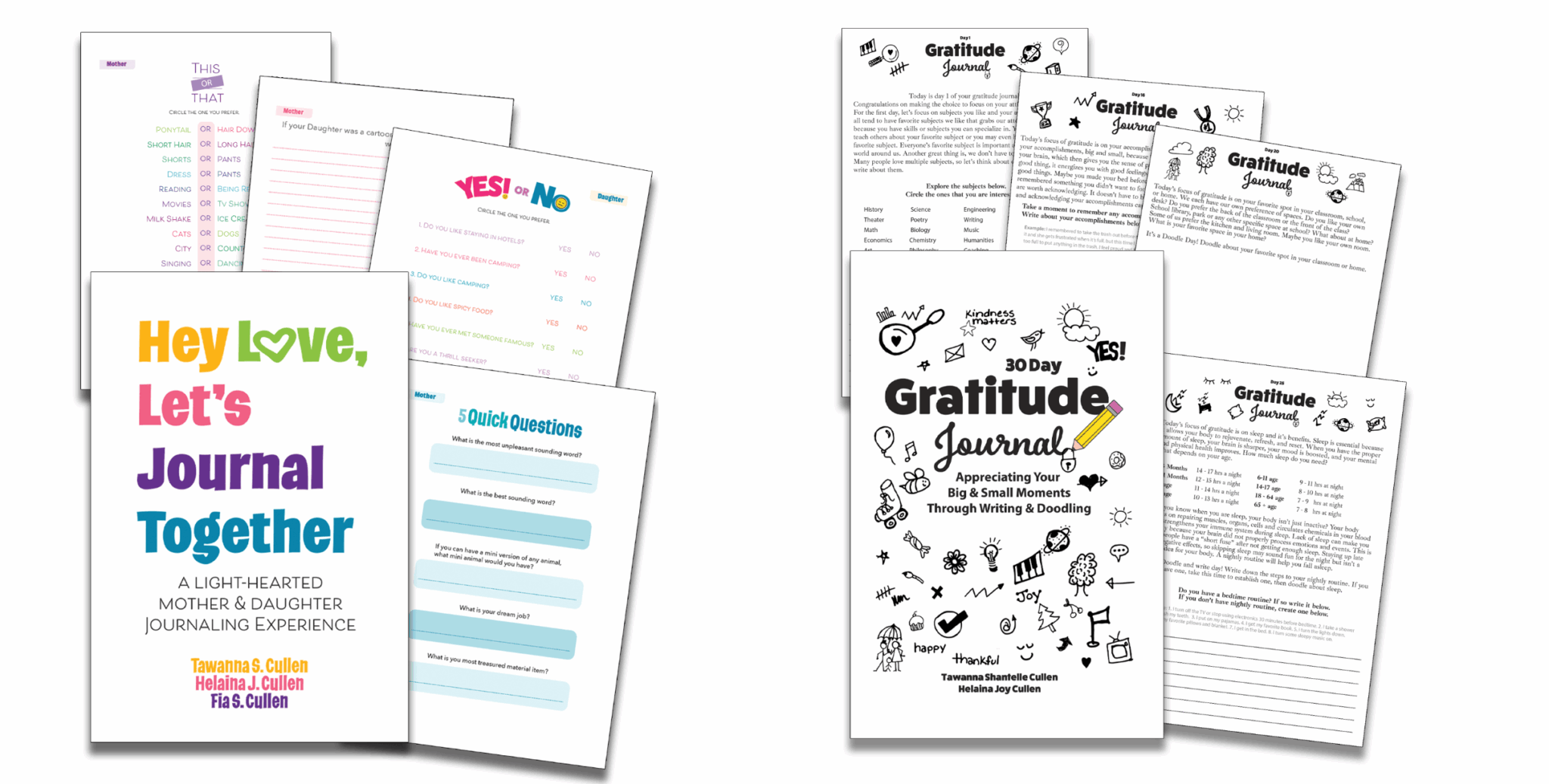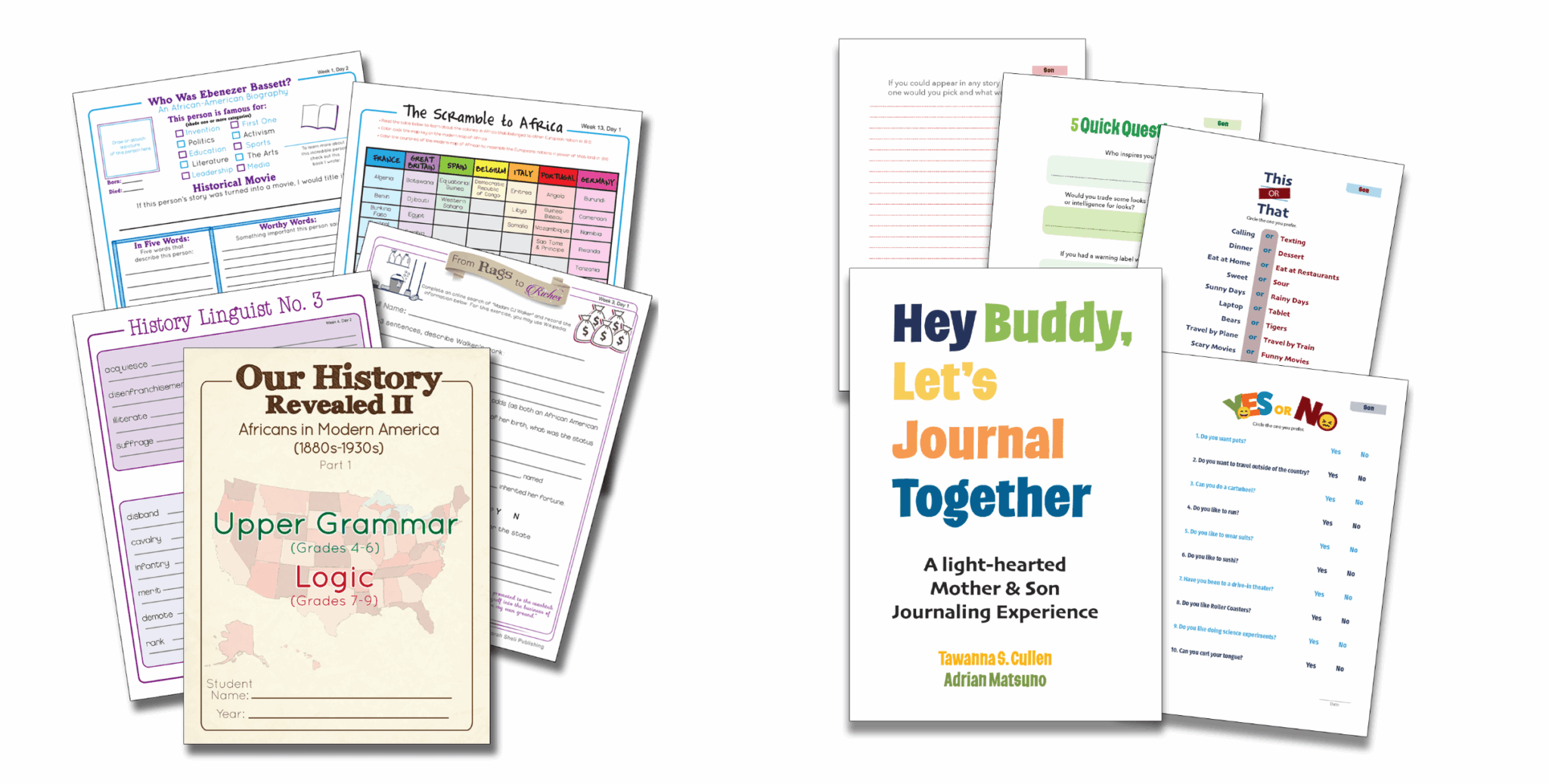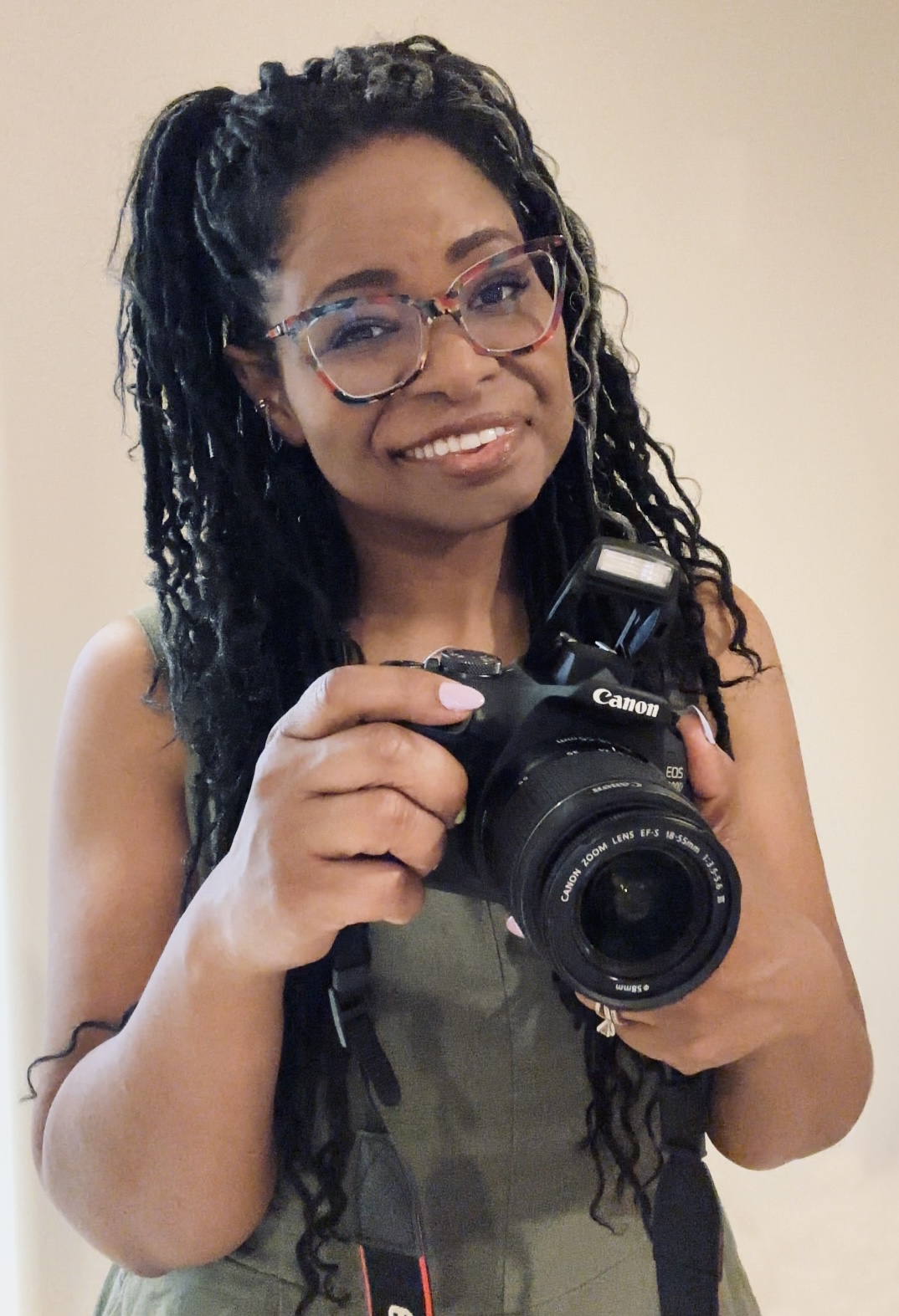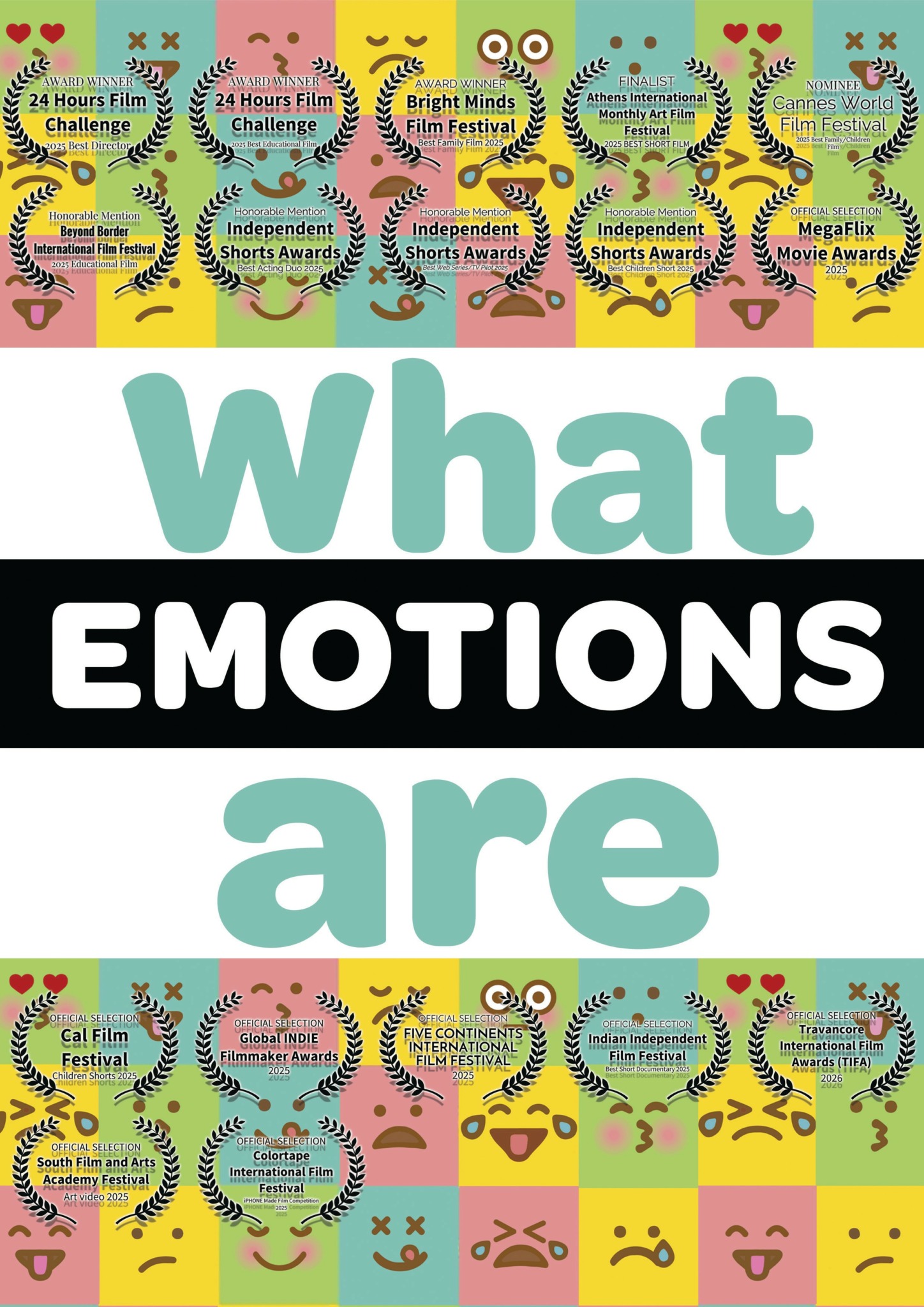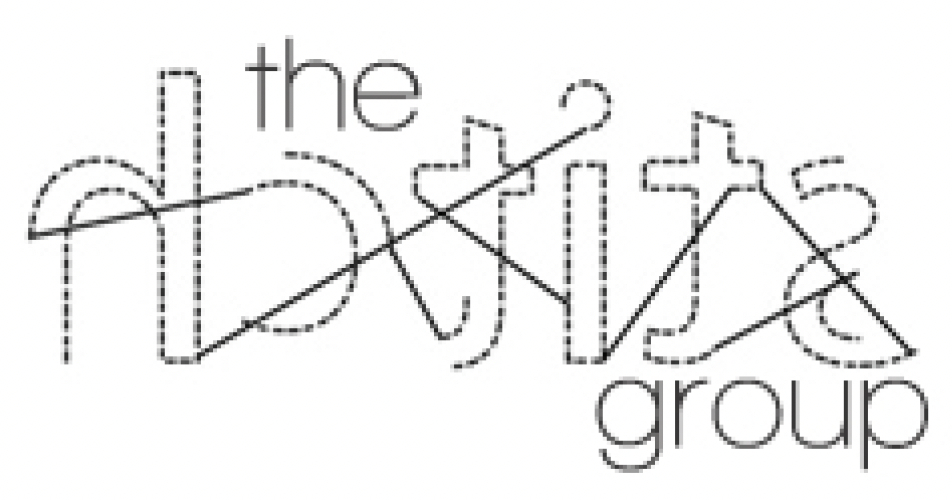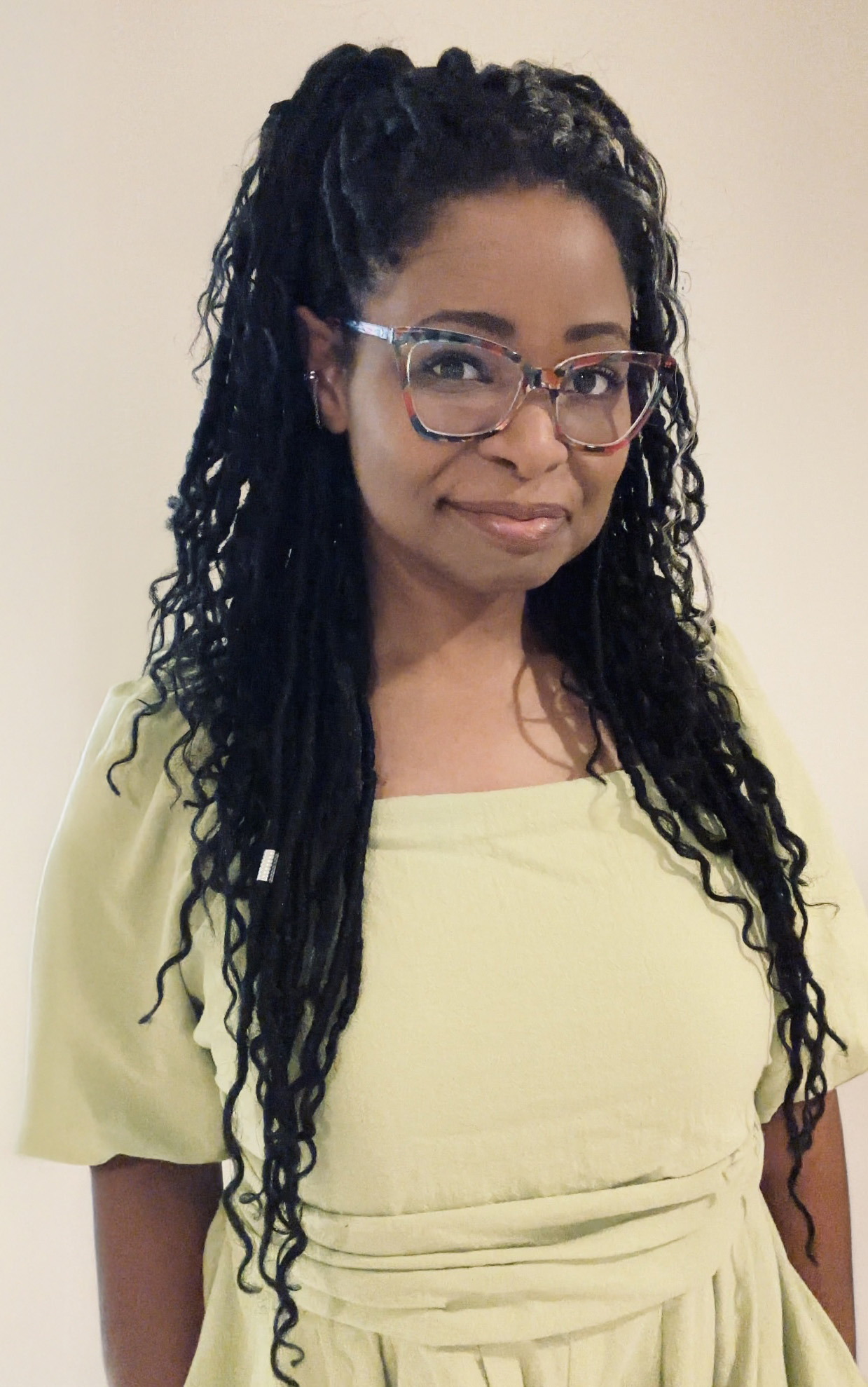We caught up with the brilliant and insightful Tawanna Cullen a few weeks ago and have shared our conversation below.
Tawanna, appreciate you joining us today. We’d love to hear about when you first realized that you wanted to pursue a creative path professionally.
My love for art was sparked in childhood, watching my older sister sketch effortlessly during her high school years. She’s five years older than me, and little me was completely mesmerized by her older—and much cooler—sister’s talent. I loved drawing and creating at home, but I didn’t take it seriously. It wasn’t until high school that I chose art as an elective to explore it more deeply—and to my surprise, I didn’t just belong there; I was right where I needed to be.
My high school art teacher, the late—and dare I say, great—Mrs. Heathington, created a space that encouraged pure artistic expression. She embraced every student’s style, whether it was comic book illustrations or realism, without forcing us into rigid techniques. Her patience, humor, and ability to foster creativity made her class my favorite.
In contrast, my Art II experience the following year felt stifling, taught by a methodical teacher whose classroom resembled a sterile science lab more than a creative studio. Her room was quiet, void of creative action. We had written exams instead of drawing exams, her method of teaching and control was an approach that dulled my enthusiasm. I no longer loved art class, in fact I dreaded it.
Recognizing that I needed a change, I requested to switch art teachers. While Mrs. Heathington didn’t teach Art II, she saw both my need and my potential—and made the rare decision to allow me to skip Art II entirely and move directly into her Art III class. That quiet vote of confidence spoke volumes.
My high school didn’t offer honors-level tracks for art students. Creative talent wasn’t always seen as intellectual or academically gifted. That gap in recognition still exists—and it’s why we need stronger programs that treat the arts as essential, not extracurricular. Art is innovation. It’s the foundation of how we see and shape the world. Being invited into an advanced art class was the closest feeling of being honored. It also told me: you have something special worth nurturing.
That year, my work was showcased in the school gallery—a surreal moment that affirmed my path as an artist. One of my pieces, an eye with a magnolia blossom as the iris, sparked curiosity from students asking about its meaning. At the time, it was simply abstract. But I realized then that art doesn’t always require a deep intention from the creator—sometimes, meaning is born in the eyes of the viewer.
For our final exam, in true Heathington fashion, she surprised us. Without a word, she crumpled a sheet of paper, dropped it on the table, and said, “Here. Draw this.” A paper wad. The room erupted with laughter and disbelief, but beneath the simplicity was a test of everything we’d learned. In that moment, something clicked. That simple challenge—drawing a crumpled sheet of paper—proved to me that I could draw, not just for fun, but with real purpose and skill. Art stopped feeling like an elective and started to feel like a part of who I was. After high school I was encouraged to pursue computer science, but I knew my passion was in art and design.
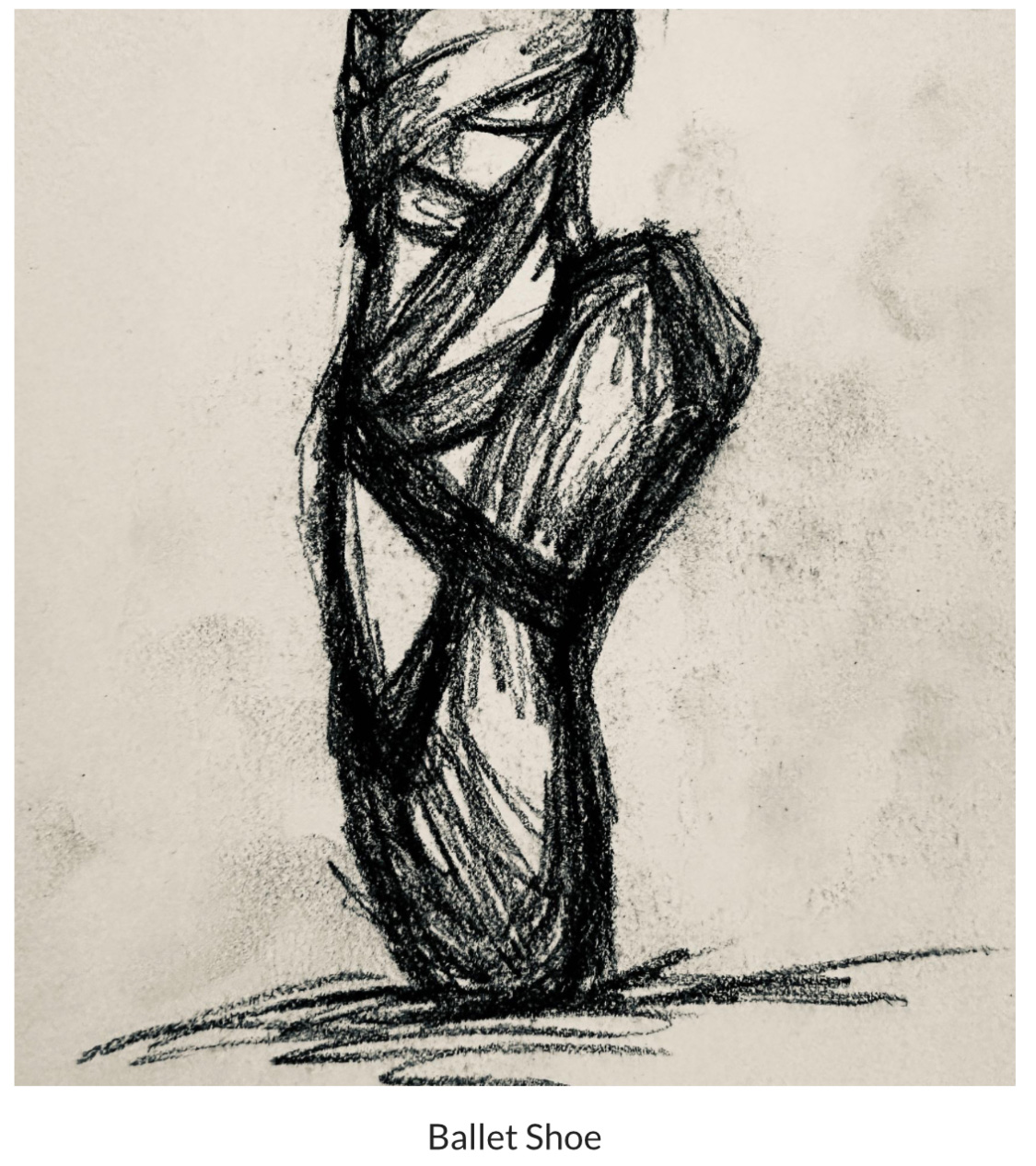
Tawanna, love having you share your insights with us. Before we ask you more questions, maybe you can take a moment to introduce yourself to our readers who might have missed our earlier conversations?
Well hello there! I’m Tawanna Shantelle—first and foremost, a mother, wife, daughter, and sister. I’ve always been drawn to both art and technology. Growing up as an ’80s/’90s kid, I loved video games, experimenting with the latest tech, and finding ways to make things work. In high school, I worked and saved up to buy my first computer, learned how to upgrade its hardware, and immediately gravitated toward the built-in drawing and writing programs. That’s when I realized—I didn’t just love technology. I wanted to create with it.
I was inspired to design logos, layouts, and visually compelling works that could leave a lasting impact. During my college interview, I had the opportunity to meet with the dean of the art department. After reviewing my portfolio, she not only awarded me credit for several first-year courses—saving time and allowing me to pursue a more focused path—she also recognized my interests and pointed me toward graphic design as a professional discipline. That moment gave me clarity and direction at a pivotal time in my creative journey.
While earning my degree, I became a mother—and that’s when my creative world widened. In the early 2000s, as I taught my children to read, I began designing vibrant learning materials from scratch. If I didn’t have it, I created it. With limited access to costly curriculum, I used my design skills to craft colorful, engaging resources. That process uncovered a deeper love for teaching. I continued homeschooling while completing my bachelor’s in graphic design and, years later in 2021, earned a master’s degree in elementary education. Throughout my journey, I’ve taught across multiple ages and stages—including adults. In the early days of online education, I taught Photoshop and advertising design to adult learners, helping them build confidence in a space that was still new to many.
My passion for education and design came together in unexpected ways. What started as a gratitude-themed worksheet evolved into a series of books that blended my love of graphic design with youth-centered learning. 30 Day Gratitude Journal encourages mindfulness through creativity, while Hey Buddy, Let’s Journal Together and Hey Love, Let’s Journal Together are interactive mother-child journals designed to nurture relationships, spark reflection, and strengthen connection through shared prompts and playful dialogue. Each one was crafted to feel joyful and visually inviting—so creativity feels fun, not intimidating.
As my work evolved, so did the medium. Filmmaking became a natural extension of my design work—deepening my connection to youth-focused projects and opening up new creative possibilities. In 2020, my daughters and I founded Bear and Bee Productions, our family production company dedicated to creating The Talky Talk Show, a youth-centered series focused on social-emotional learning. While it’s not a commercial venture, it serves as the creative heartbeat of our work. Our episode, What Are Emotions?, went on to become an internationally recognized, award-winning short film used in classrooms to support emotional literacy. The film festival success inspired us to launch Bright Minds Film Festival—an international platform that celebrates content both for children and by children.
Inspired by the change I once needed, I feel called to create an online, youth-centered space that celebrates K–12 students— kids who dream in full color and express their brilliance in ways that don’t always show up on a report card. The mission is to uplift and amplify brilliance beyond the margins. While still a work in progress, the vision is clear: to help fill the gap where too many young voices go unheard.
At its core, my work is about creative expression that empowers and connects. Whether through books that nurture emotional growth, films that spark self-discovery, or a festival that amplifies young voices, I strive to create meaningful spaces where learning and artistry meet.
One of the greatest joys of this journey has been watching my children grow into creative thinkers and storytellers themselves—walking beside me as collaborators and visionaries. Their exploration reminds me daily why supporting the arts matters. I’m also deeply proud to have earned both my bachelor’s and master’s degrees while navigating serious medical challenges. That season strengthened my faith in God—the ultimate Creator—and reaffirmed my belief that perseverance, creativity, and knowledge walk hand in hand.

Let’s talk about resilience next – do you have a story you can share with us?
While working toward my degree in graphic design, my path did not wind down a traditional road. It was layered and demanding, with single parenthood emerging as a new challenge. In the midst of the complexities of raising three young children on my own, it took ten years to complete my degree, attending part-time while balancing family life and creative ambition. But I stayed the course amid the hurdles. I became the first of my mother’s children to graduate from college—determined to show that perseverance, passion, and purpose could lead to success.
During my typography course, I asked the instructor to critique the rough draft of my type specimen project for initial feedback. Before he even began, he looked at his friend—who had stopped by—and said, “You want to watch me do this?” As he scribbled across my draft, he muttered rude comments under his breath, more focused on tearing me down than offering meaningful advice. He circled errors—which I appreciated—but grew increasingly frustrated with my calm demeanor as he flipped through the booklet. I stood there, not saying a word between his insults. Then came his crescendo. On the back page, he practically carved the words “This is CRAP!”—aggressively underlined it—and tossed it back at me in front of the class and his friend. She looked visibly uncomfortable at his unnecessary display of ego. I simply smiled, thanked him, and walked away. I refused to give him the satisfaction of seeing me bothered—much less in tears. I’m sure he hoped to draw tears, but mine didn’t respect him enough to appear. They have standards—and he didn’t qualify. They stay where dignity lives. He hadn’t earned a drop. Of course I was affected. I was angry that his egocentric behavior had targeted me again. But I waited until I got to my car to let my emotions out. Throughout the semester, he belittled me in front of the class, once even asking if I was “on crack” for complimenting another student’s work.
As part of an assignment on expressive typography, this instructor gave each student a word to visually interpret. The one he assigned to me was deliberately provocative—an explicit term that had no place in a classroom. It was clearly meant to embarrass me, and I wasn’t willing to play along. So I made a choice: I refused. Instead, I selected the word Stitch, creating a design that reflected my values while still completing the project. If he chose to fail me, he knew I could report his inappropriate behavior, which I eventually did.
Standing my ground in that moment reinforced something I’ve always believed: creativity should be empowering—not something that forces artists into discomfort for the sake of authority or humiliation. I was the only one in the class he treated this way, but I never let his cruelty diminish my value. Enduring the hostile environment he created was difficult—but life isn’t always easy. With a lot of prayer and inner strength, I made it through.
Although the environment was difficult, there was a funny moment of sweet poetic justice. One day, he forgot about daylight savings and asked if the clock in the classroom was correct. Assuming he meant the computer’s clock, I said yes. Much to my surprise, he panicked, packed up, said he had to meet friends at a club and rushed out—unknowingly ending class an hour early. The memory still makes me smile.
This experience reinforced something important: education doesn’t have to be cruel. Learning should be an enjoyable, empowering experience—not a space where teachers feed their egos at the expense of students’ dignity. We can teach with kindness. And we absolutely should.
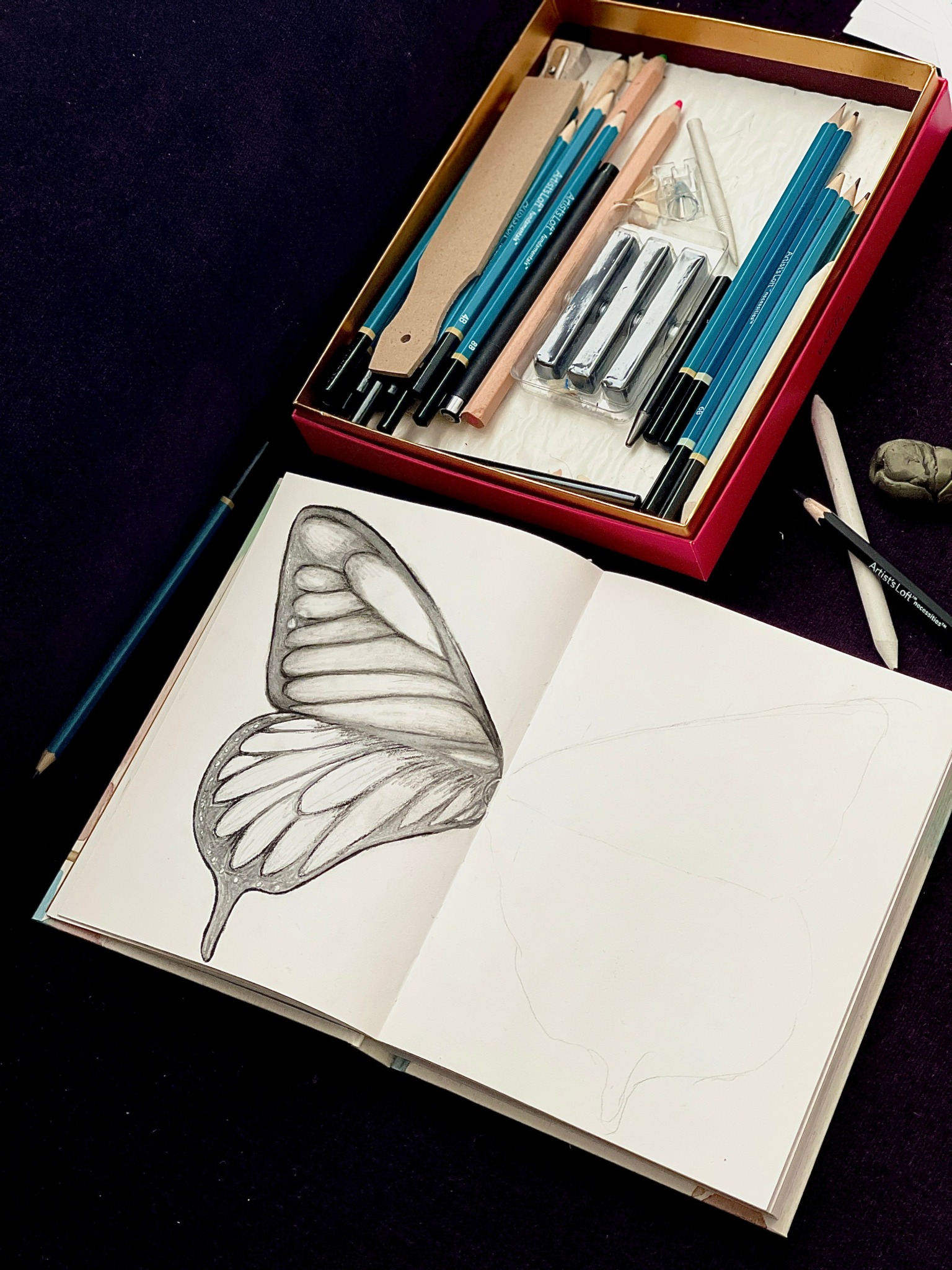
What do you find most rewarding about being a creative?
For me, the most rewarding part of being a creative is witnessing the impact. There’s nothing quite like seeing a child light up after grasping a concept I’ve taught, spotting my work featured, or hearing that a project I directed—like What Are Emotions?—is helping kids better understand themselves. Creativity and art aren’t just about making things; they’re about connection and community. My journey is rooted in my faith, art, education, film, and empowerment. I use design and storytelling not simply to entertain, but to teach, inspire, and reflect. Through The Talky Talk Show, Bright Minds Film Festival, books, and beyond, my mission is to uplift, educate, and leave a lasting imprint—a positive one.
Contact Info:
- Website: https://www.tawannashantelle.com/
- Instagram: https://www.instagram.com/tawannashantelle
- Facebook: https://www.facebook.com/TalkyTalkShow
- Linkedin: https://www.linkedin.com/in/tawanna/
- Twitter: https://bsky.app/profile/tawannashantelle.bsky.social
- Youtube: https://www.youtube.com/channel/UCuHNGWwjLoqZd9dnwRcvMYA
- Yelp: https://www.yelp.com/user_details?userid=awAlPDhuC4NTMZ4vJZFq9A
- Other: https://about.me/tawanna
